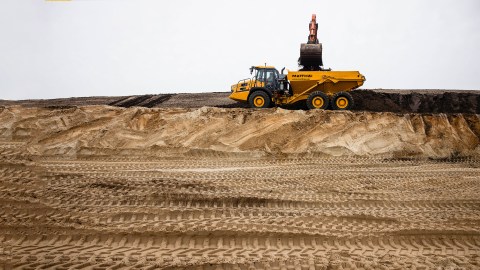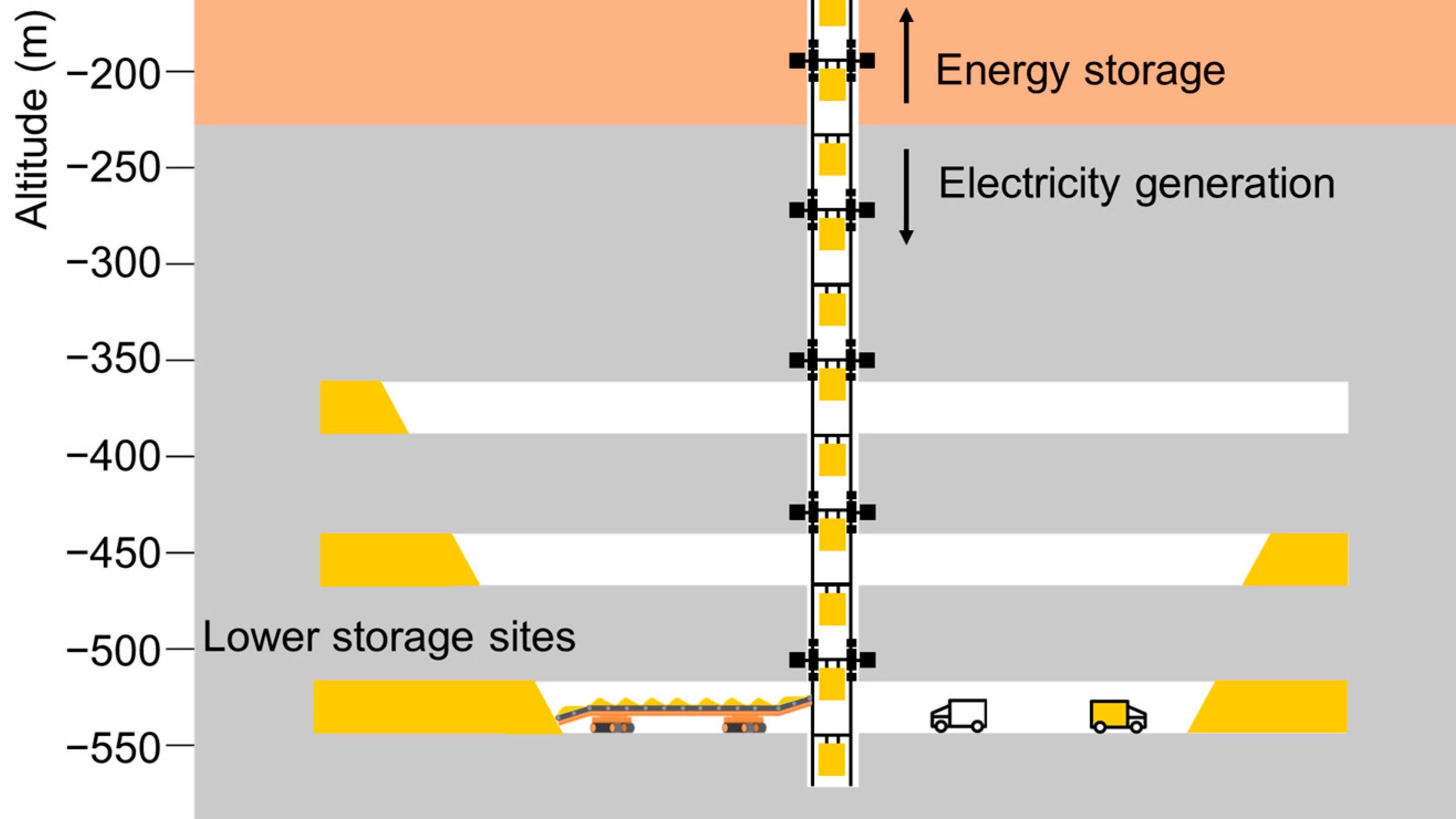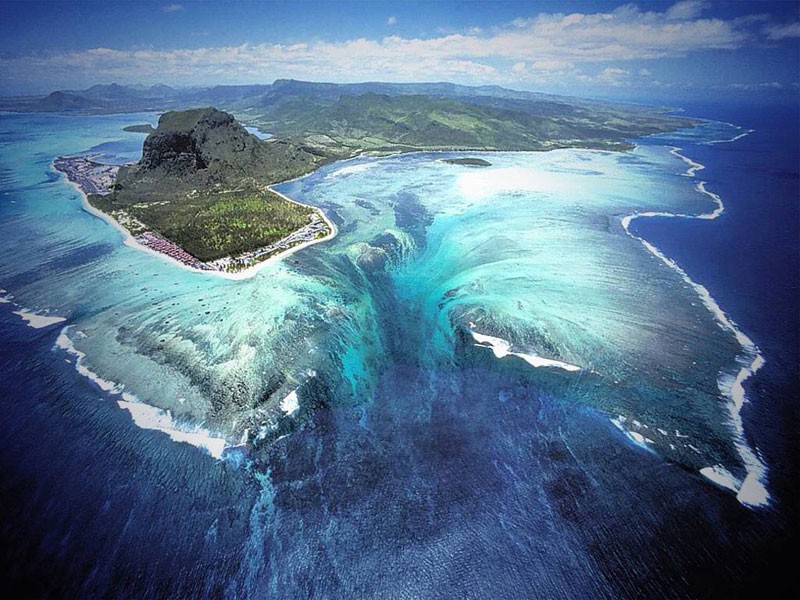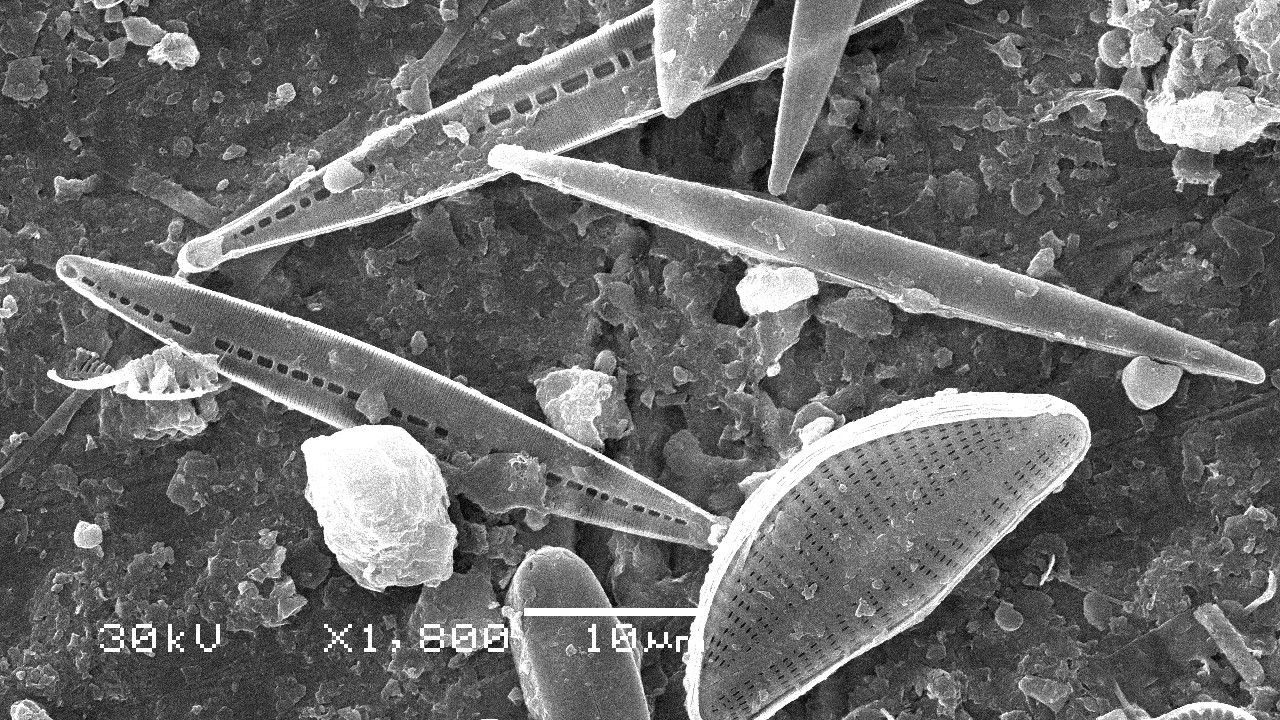Sand mafias battle for the new gold

Recently, two mafia groups in northeast India exchanged gunfire—and torched a half dozen earthmover machines—in a war over a natural resource. They weren’t battling over diamonds or oil: The groups were both trying to get their hands on sand. Sometimes called “the new gold,” sand is the second most exploited natural resource in the world after fresh water. The world uses about 50 billion tons each year—twice the amount created annually in nature—and demand continues to grow. At the current rate, experts say we will run out of sand by 2050. That’s because sand goes into nearly everything people build: cement, concrete, roads, glass, and even the silicon chips in our laptops and phones. “Without sand, there’s no modern civilization,” says Vince Beiser, author of The World in a Grain: The Story of Sand and How It Transformed Civilization. “Our cities are literally built out of sand: Every apartment, every office tower, every shopping mall, every road is made with sand.”
Hundreds of people have reportedly died in conflicts over sand.
The intensity of demand, coupled with weak regulation, has made sand mining an easy target for mafias, especially in Cambodia, Kenya, Nigeria, and India. Almost all sand mining operations in these countries are illegal, says Arpita Bisht, a researcher at The International Institute of Social Studies, in The Netherlands, where she studies resource extraction. India likely has the highest incidence of mafia violence and illegality related to sand extraction, she says, though it’s challenging to quantify because of the lack of government tracking and reporting. Journalists who report on sand mafia activity often put their lives at risk: In one of the most extreme cases, a journalist was burnt to death in 2019 for his consistent reporting on sand mafia activity in northern India.“
There’s not nearly enough corporate responsibility around it,” says Bisht. The lack of oversight is partly due to the fact that, unlike other mining resources such as oil or coal, sand is relatively easy to access, and because the biggest consumers are rapidly developing countries with weak environmental policies and enforcement. For example, less than 4 percent of the 80 million tons of sand that Singapore imported from Cambodia between 2009 and 2019 was documented.Sand might seem like an inexhaustible resource—after all, our deserts are full of it. But desert sand is too fine to be used in construction materials. Though some of the sand used by industry comes from oceans, estuaries, and beaches, most of it derives from riverbeds. Sometimes miners will simply park a barge in the middle of a river and use a giant tube to suck up the sand like a straw and deposit it on their boats. But these sand straws often suck up plants and creatures living in the river, as well, and destroy their habitats. The churning of the river water can prevent sunlight from reaching aquatic plants that need it or even choke resident fish, and the depression of riverbeds can cause erosion and kill vegetation along riverbanks and floodplains.
At the current rate, experts say we will run out of sand by 2050.
In India’s Kulsi river, the already-endangered Gangetic river dolphin is losing habitat to wide scale sand mining. Similar ecological damage has been reported in the Mekong River, a boundary river in East Asia and Southeast Asia, where massive sand extraction operations have upended a biodiverse river ecosystem, Bisht says. Illegal sand extraction also has massive social impacts. Damage to riverbeds can imperil local infrastructure such as bridges, and pollution from equipment fuel spills can destroy fisheries and threaten water for drinking and for agriculture. Along a part of the coastline of Tamil Nadu in India, entire villages have been abandoned due to the threat of erosion.
Mafias also threaten, intimidate, and abuse people living in the communities where they work—not just journalists, but farmers, NGO workers, community leaders, and even some local police officers. Hundreds of people have reportedly died in conflicts over sand in India, Kenya, and Nigeria. For sand mining laborers, working conditions are dangerous. Drowning is a big risk. “In the case of Vasai Creek in Mumbai,” Bisht says, “miners report that their fellow miners have sometimes got buried in underwater sand dunes and simply never returned from sub-creek mining operations.” Beiser points out that even though sand has built almost everything in modern life, few people realize the extent of its use—or the violence kicked up by its extraction.
This article originally appeared on Nautilus, a science and culture magazine for curious readers. Sign up for the Nautilus newsletter.





